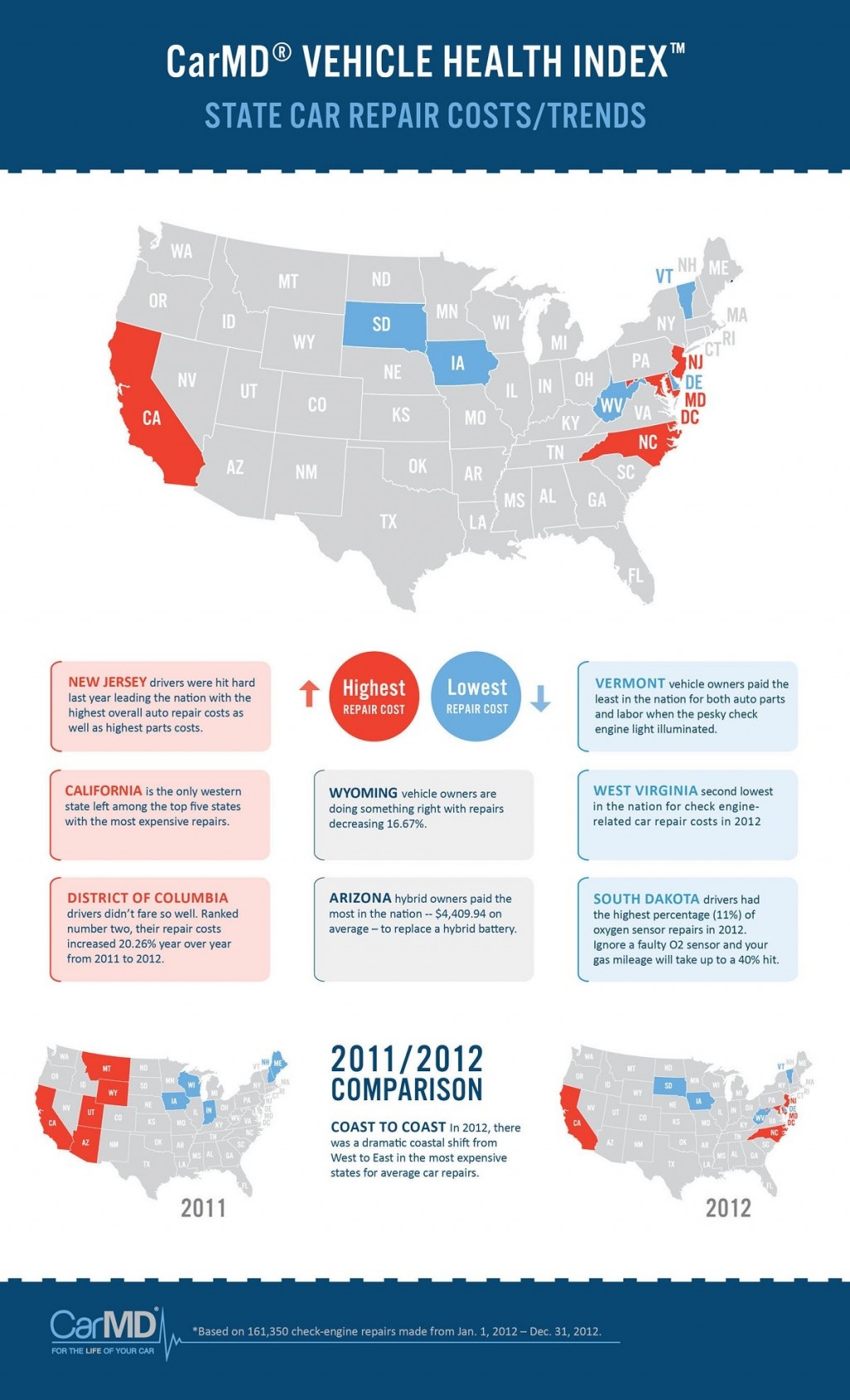Grasping The Value Of Your Automobile'S Warning Signals: What They Really Stand For
Grasping The Value Of Your Automobile'S Warning Signals: What They Really Stand For
Blog Article
Material Writer-Samuelsen Forbes
When you're behind the wheel, those glowing warning lights on your dashboard can be a bit complicated. Do you recognize what they're trying to inform you concerning your cars and truck's health and wellness? Understanding the importance of these lights is essential for your security and the long life of your car. So, the following time one of those lights turns up, would not you wish to understand its message precisely and take the essential actions to address it?
Common Caution Lighting and Interpretations
Recognize common warning lights in your cars and truck and understand their meanings to make sure risk-free driving.
One of the most typical warning lights include the check engine light, which signals issues with the engine or discharges system. If this light comes on, it's important to have your vehicle examined without delay.
The oil stress cautioning light indicates low oil pressure, requiring instant attention to avoid engine damage.
A blinking battery light might recommend a faulty billing system, potentially leaving you stranded if not addressed.
The tire pressure tracking system (TPMS) light informs you to reduced tire stress, influencing car security and gas effectiveness. Neglecting this might bring about risky driving problems.
The ABS light indicates an issue with the anti-lock braking system, endangering your capability to quit quickly in emergency situations.
Lastly, the coolant temperature level cautioning light warns of engine getting too hot, which can cause severe damages if not dealt with quickly.
Understanding these typical caution lights will certainly help you resolve concerns promptly and keep secure driving conditions.
Importance of Prompt Attention
Recognizing the usual caution lights in your automobile is just the first step; the significance of without delay dealing with these warnings can't be highlighted enough to ensure your safety and security when driving.
When a warning light brightens on your dashboard, it's your automobile's way of interacting a possible problem that needs interest. Overlooking these cautions can result in more serious issues down the road, endangering your security and potentially costing you much more out of commission.
Motivate focus to cautioning lights can prevent breakdowns and accidents. For example, a flashing check engine light might suggest a misfire that, if left neglected, can create damages to the catalytic converter. Resolving this promptly can save you from an expensive repair service.
Likewise, a brake system cautioning light might signal low brake liquid or used brake pads, important elements for your safety when driving.
Do It Yourself Troubleshooting Tips
If you see a caution light on your control panel, there are a couple of DIY repairing tips you can attempt prior to looking for professional help.
The initial step is to consult your cars and truck's manual to understand what the details caution light indicates. Sometimes the concern can be as basic as a loose gas cap activating the check engine light. Tightening up the gas cap might resolve the issue.
An additional typical issue is a reduced battery, which can set off various cautioning lights. Checking the battery connections for corrosion and guaranteeing they're safe may fix the problem.
If a caution light persists, you can attempt resetting it by separating the auto's battery for a couple of minutes and after that reconnecting it. In more resources , inspecting your vehicle's liquid degrees, such as oil, coolant, and brake liquid, can help troubleshoot advising lights related to these systems.
https://brakeshops95162.newbigblog.com/38225408/mobile-cars-and-truck-outlining-enhancing-your-lorry-s-appearance-on-the-move , recognizing your cars and truck's caution lights is important for keeping your car running smoothly and securely. By quickly attending to these informs and knowing what they indicate, you can avoid costly fixings and prospective failures.
Bear in mind to consult your automobile's handbook for certain information on each cautioning light and do something about it accordingly to make sure a trouble-free driving experience.
Stay educated, remain safe when driving!
